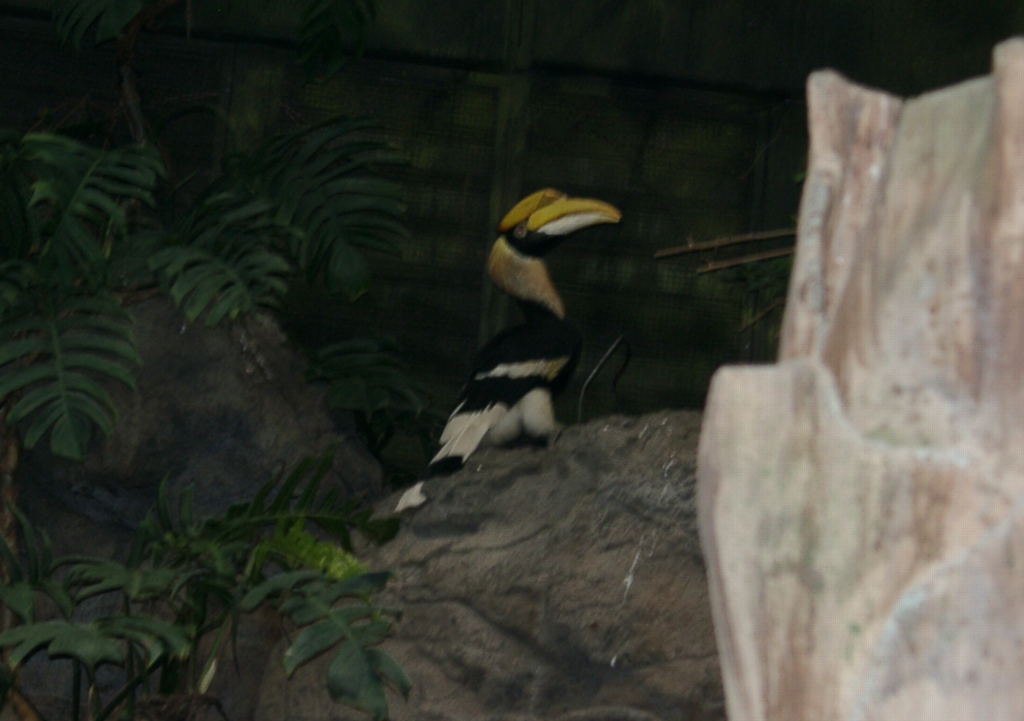
AVES
Trogones
Chapter Outline
- Description of Aves
- Classification of Aves
- Palaeognathae
- Neognathae
- Neoaves
- Terrestrornithes
- Raptores
- Coccyges
- Trogones
- Incessores
- Picoclamatores
- Passeriformes

NCBI Tree | Paleo Tree
Links to external sites will appear in pop-up windows.
Anomalogonates is split into four groups and this page focuses on the three orders in the second split, Trogones.
- Anomalogonates
- Coccyges (37-VIII)
- Trogones
- Bucerotiformes - Hornbills
- Trogonomorphae
- Coliiformes - Mousebirds
- Trogoniformes - Trogons
- Incessores (37-X)
- Picoclamatores (37-XI)
| BUCEROTIFORMES - HORNBILLS | |
Text
|
Resources: |
| COLIIFORMES - MOUSEBIRDS | |
Mousebirds are native only to Sub-Saharan Africa. In the U.S., they can be experienced at two of the zoos in Trip 6 (Omaha and Sedgwick County), the San Diego Zoo and Safari Park in Trip 7 and the Smithsonian Zoo in Washington, D.C. in Trip 10. Trip 7 is where you can experience both species of mousebird in the same trip.
|
Resources: |
| TROGONIFORMES - TROGONS | |
In the U.S., the most likely places to experience trogons are in a few canyons in southern Arizona. Cave Creek, Madera and Ramsey Canyons are some of the best places to look. Seventeen species of trongon have been observed in these areas in iNaturalist (listed by number of observations, in parentheses). The Sedgwick County Zoo, in Trip 6, also has a representative from the order, the Golden-Headed Quetzal (Pharomachrus auriceps). The Baltimore Aquarium, in Trip 10, has had a species from the genus Trogon in the past and may still.
|
Resources: |
| [ Previous Page ] | [ Next Page ] |